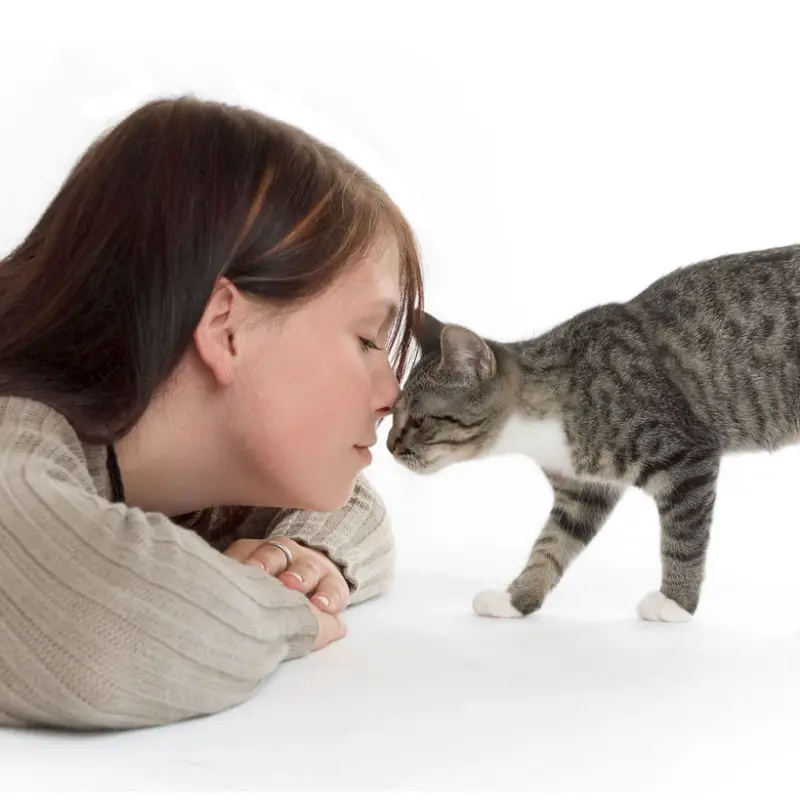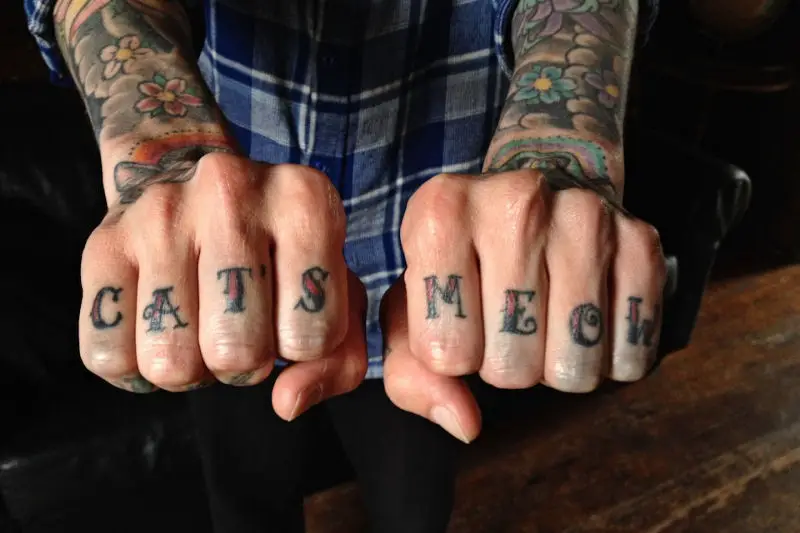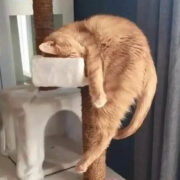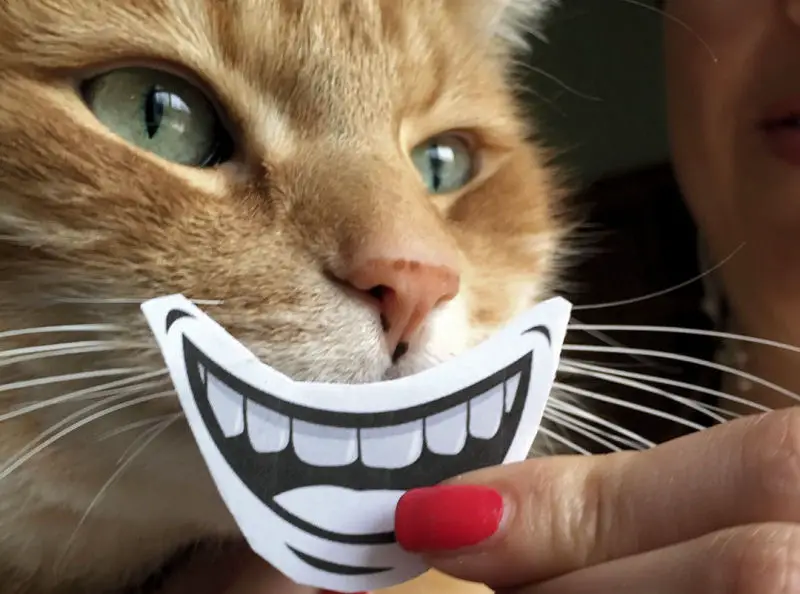There’s a lot of joy to be had as our cats mature, from learning the hidden intricacies of their personalities to anticipating their often very particular needs. Amidst all the bonding, however, we still must remain vigilant cat parents. This is especially important in order to ensure that our cats are aging comfortably.
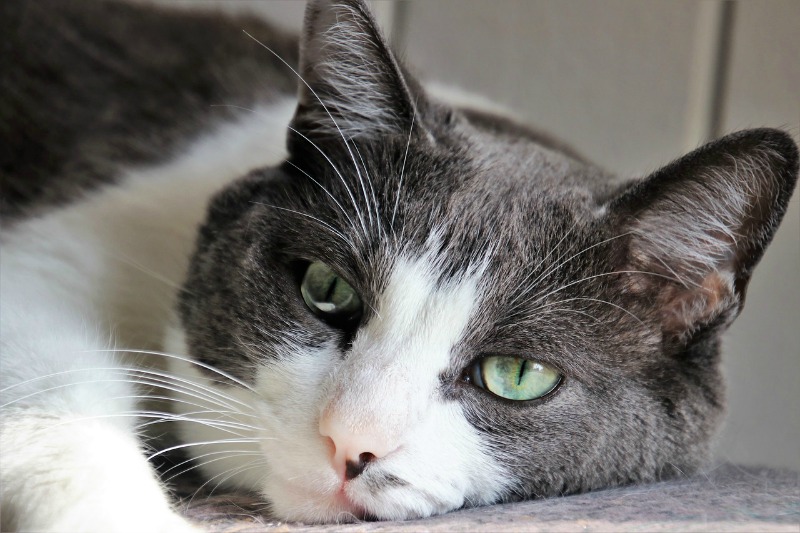
A staggering ninety percent of cats over twelve years old suffer from arthritis, an overarching term for conditions that involve joint and tissue inflammation. Osteoarthritis (OA), a degenerative form of arthritis that causes inflammation and deterioration of the joints, is extremely common among both older cats (10+ years) and overweight cats. OA requires us to be sharp-eyed, always observing and interpreting our cat’s behaviors.
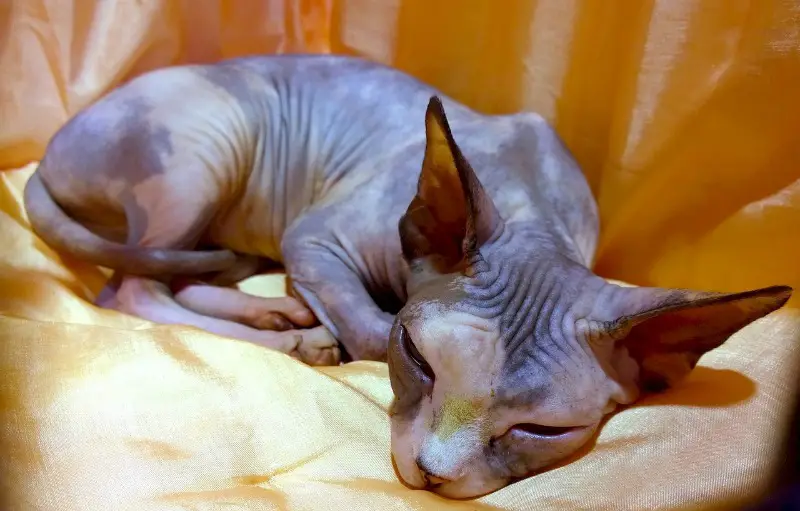
One of our readers (Emma) shared her journey with OA and her cat. Here’s what Emma told us…
As my cat developed OA, she became quite moody and began losing weight. At first, I wrongfully assumed that these changes were natural in her advanced age. Little did I know that weight loss and moodiness are two common symptoms of OA — along with loss of appetite, hesitation to jump up and down, and urinating outside of the litter box.
At this point you may be thinking, “Wait…these symptoms sound familiar!” Unfortunately, feline diseases often manifest in similar ways, which makes it very hard to distinguish between conditions and figure out what our silent sufferers are truly feeling.
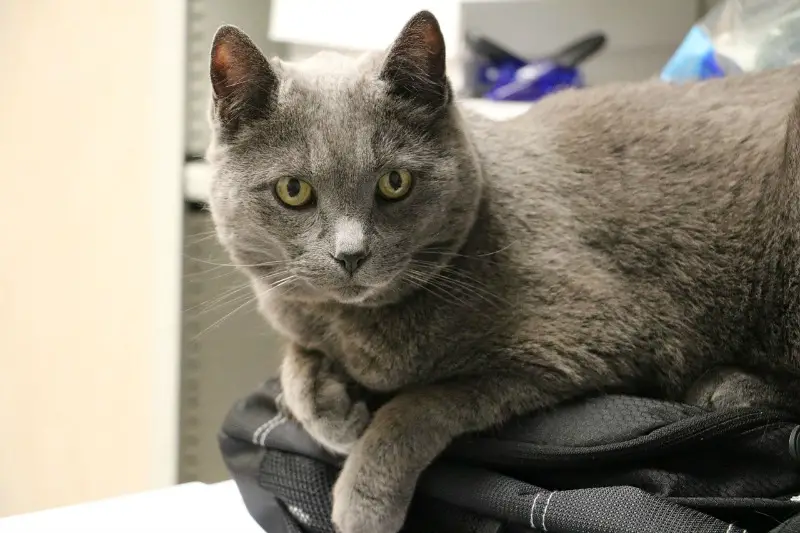
To make matters worse, OA often affects joints bilaterally, meaning that the same joint on both sides of the body will be painful. Bilateral pain makes it easy for cats to compensate and trick us into thinking they’re walking normally. After I suspected that my own cat was suffering from OA, I watched her movements closely, looking for any sign of lameness–but she never gave me any indication that she was in pain (I later found out that she did in fact have OA in her elbows). As is the case for many cats, mine only revealed her pain in subtle ways, through gradual changes in routine and personality.
We love cats for their cunning nature, but when it comes to their health, sometimes their secretiveness is to their detriment. So what are we to do? As always, we must remain vigilant pet owners. If your pet shows any change in behavior, it’s probably time for a visit to the vet.
OA Treatment Options
We all know that treating cats with chronic pain is not easy. With no NSAIDs approved for long-term use and the difficulties we have pilling our cats, treating chronic pain is a difficult task! Luckily, there are great alternative options out there–they just require us to do our research! As I explored some of these alternative treatments, there was one particular device that caught my eye: the Assisi Loop Lounge.
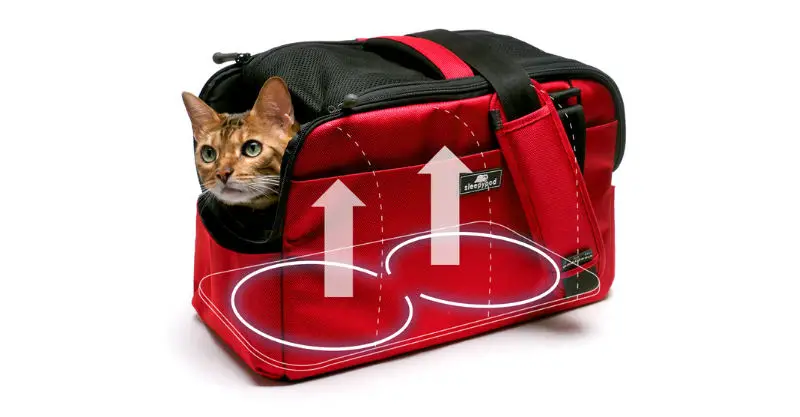
Assisi Loop Products: Perfect for Feline Sensibilities
You may have already heard about Assisi Animal Health’s line of anti-inflammatory devices from your fellow cat parents. Assisi’s targeted pulsed electromagnetic field (tPEMF™) therapy encourages the production of nitric oxide, which in turn stimulates the body’s natural anti-inflammatory healing processes. I’ve found that cat parents are especially outspoken about tPEMF therapy because these devices are both non-pharmaceutical and non-invasive, making them perfect for our notoriously sensitive and strong-willed feline companions.
The line of Assisi Loop products is particularly well-suited for cats, since they can be quite mercurial. Although my cat often likes to lay near me and allows me to place the Loop directly under her, there are times when she clearly wants her space. On these days, she often runs off to my bedroom. When she’s feeling this way, I simply place the Loop under her favorite blanket on my bed and let her receive her therapy in peace and quiet.
While many cats are fine with having the Assisi Loop placed on top their body for treatments, mine tends not to like this. As she ages, she is becoming a little more irritable–she wants to be pampered more, and I don’t blame her! So, I recently began using the Assisi Loop Lounge, a therapy pad that contains the same tPEMF technology used in the original Assisi Loop.
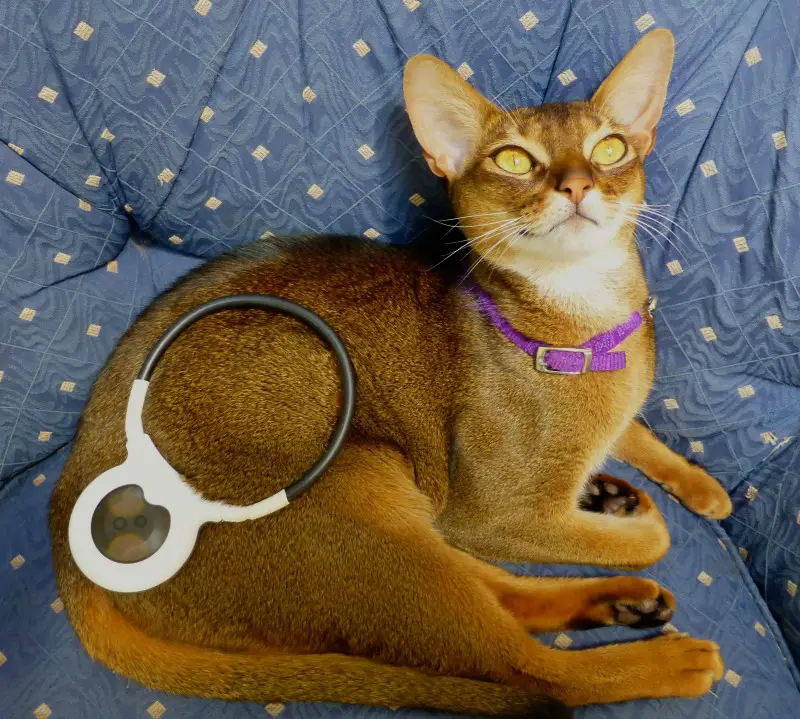
I believe that one of the reasons my cat loves her Loop Lounge is that it restores some of her autonomy; this is especially important in her old age. I can see that she is starting to feel the limitations her age puts on her daily routine. She needs me more. Sometimes that’s a good thing, but other times, I can’t help her feel better all on my own. In these moments, I reach for her Assisi Loop Lounge.
The Assisi Loop Lounge has become my go-to product for all my cat’s ailments. If I think she’s in pain, it’s time for a Loop Lounge session. The Loop Lounge allows for a full-body treatment, which is often essential for OA cats. This is because OA often occurs in multiple locations–most commonly the elbows, hips, vertebrae, and sternum. According to the FDA, one study found that about twenty-eight percent of cats with OA had the disease in both their limbs and their vertebrae, thirty-two percent had OA in their vertebrae only, and twenty-eight percent had OA in their limbs only. My cat is so fidgety, but I don’t worry about this with the Loop Lounge–she can fidget all she likes and the treatment will still reach her front limbs and vertebrae (the locations where our vet says she has OA). The Loop Lounge is also rechargeable, so you never have to worry about it giving out on you.
An added bonus is that the Loop Lounge will help with any other inflammatory conditions your cat might have. This is especially helpful if your cat has dental issues, since these are quite tricky to spot–and even more difficult to treat. Assisi Loop therapy devices also tend to relax pets and provide a subtle warmth. My cat often falls asleep during her treatment sessions!

The Assisi Loop Lounge can even be purchased in the form of a carrier! The Sleepypod Atom and Air carriers, which can be acquired from Assisi Animal Health, have tPEMF therapy devices embedded in their bases. The Sleepypod Air has been particularly handy for me when on trips because I don’t travel without my cat (how could I?!). Instead of missing out on an important Loop session, my cat gets her treatments on-the-go. I also use my Sleepypod carrier to transport my cat to the vet, because I find that the therapy helps calm her down before the stress of a doctor’s visit. As we know all too well, cat’s are particularly difficult patients–so anything that makes these appointments a little easier is a big deal!
Nothing replaces the basics, so always make sure your cat maintains an active lifestyle and a healthy diet. The more we keep our cats motivated and active, the more pain-free their golden years can become. I hope that tPEMF therapy can help your cat, too.
Let the healing begin!
